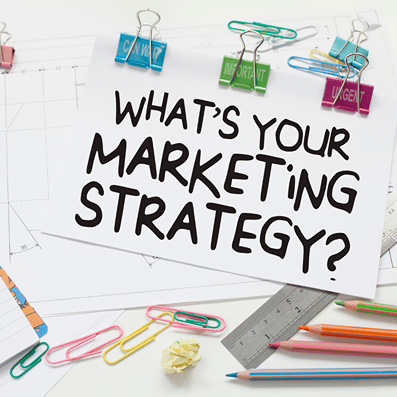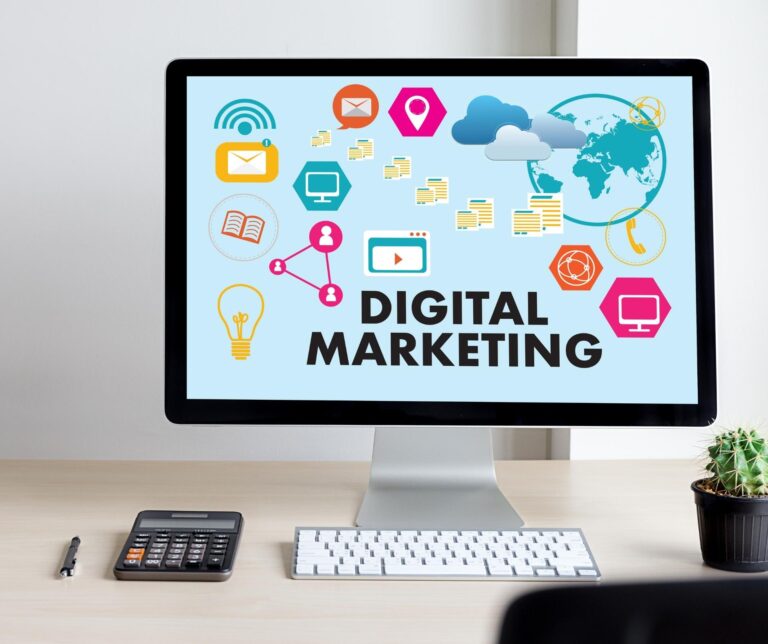Full Service Digital Marketing: What It Really Looks Like Behind the Scenes

What Full Service Digital Marketing Really Looks Like (And Why Jenna Finally Got Her Life Back)
When Jenna came to us, her business looked successful from the outside.
Clients were coming in. Her social media was active. Revenue was steady.
But behind the scenes?
She was holding it all together with duct tape and late nights.
Her content was inconsistent. Her email list had gone quiet. The funnel she built six months ago no longer fit her offer. And she was still the one manually sending every campaign, one click at a time.
She didn’t need more ideas. She didn’t need another freebie. She didn’t need more software.
She needed structure.
She needed a team who could take the business she had already built—and turn it into something that could grow without her carrying the whole load.
That’s the truth about full service digital marketing. It’s not about doing more. It’s about making what you’re already doing finally work.
Step One: Start with Strategy That Actually Fits
We didn’t start with templates. We didn’t pitch her new platforms. We didn’t talk about follower count.
We started with the vision.
In a deep-dive strategy session, we looked at her full business ecosystem—offers, audience, data, tech, and goals. We asked questions most agencies skip, because this wasn’t about trends. It was about traction.
Together, we identified the real gaps:
- Her lead magnet didn’t match her current offer
- Her funnel had too many disconnected pieces
- Her content lacked consistency and direction
- Her backend systems were either missing or manual
What Jenna needed wasn’t a content calendar. She needed an aligned growth engine—built on what was already working and ready to scale with her business.
Step Two: Execute in Layers, Not Chaos
Once we had the roadmap, we moved into execution. But not all at once.
We tackled the essentials first, with purpose and sequence:
- Built a new funnel that guided leads from opt-in to conversion without friction
- Wrote and scheduled nurture emails using GHL that sounded like Jenna—not a robot
- Created a 90-day content plan with aligned blog, email, and social topics
- Set up performance dashboards so she could finally see what was actually converting
Every step was mapped. Every campaign connected to the next.
Instead of sprinting and burning out, we worked in focused layers—making sure the system could sustain itself and Jenna could breathe again.
Step Three: Simplify What Doesn’t Matter
Most people think full service means “do everything.”
It doesn’t.
It means do what actually works—and remove what doesn’t.
With Jenna, we cut:
- Channels that drained her time with no ROI
- Vanity metrics that didn’t impact revenue
- Extra tech tools that overlapped or went unused
We focused on:
- One aligned funnel
- One primary nurture sequence
- One strong platform for visibility
- One lead magnet tied to her best offer
Simple. Scalable. Strategic.
That’s what full service really means—full alignment, not full workload.
Step Four: Let the Tech Do the Heavy Lifting
We built Jenna’s entire system inside GoHighLevel (GHL).
Why? Because it’s one platform that brings everything together—from landing pages and calendars to automations and reporting.
With GHL, we were able to:
- Automate her lead follow-up with custom journeys
- Personalize emails and texts based on behavior
- Centralize all her marketing tasks in one dashboard
- Give Jenna real-time visibility without overwhelm
She didn’t just get pretty emails or fancy pages. She got a functional backend that freed her from being the bottleneck.
Step Five: Watch the Results Multiply
In less than three months:
- Her funnel conversion rate more than doubled
- Qualified leads came in daily from organic and referral sources
- She reclaimed 10 to 15 hours per week
- She stopped dreading Mondays
The biggest win? She started leading her business again—without the constant question of “What should I post?” or “Did I send that email?”
Because her marketing engine was no longer duct-taped together. It was fully built—and finally running without her.
Final Word: Full Service Is About Capacity, Not Control
Jenna didn’t need someone to take over her business.
She needed a team who could take her vision and make it sustainable.
That’s the real purpose of full service digital marketing.
It’s not about outsourcing control. It’s about building capacity. So your message reaches more people, your offers convert more consistently, and you get to show up where you matter most.
When every part of your business is working together—your content, your funnel, your automations, your analytics—you stop guessing.
You start growing.
Explore Coaching with Lisa Benson
Book a Clarity Call
Start with the 9-Line Business Roadmap






